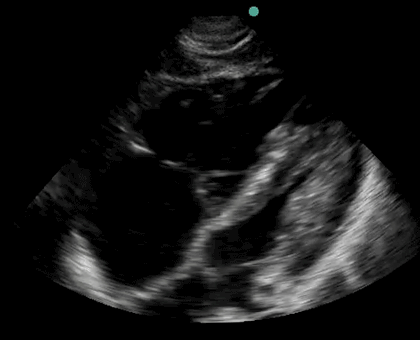Robert A. Raschke, MD
Elijah Poulos, MD
Banner Good Samaritan Regional Medical Center
Phoenix, AZ
History of Present Illness
The patient was a 68 year-old man, admitted to our ICU through the emergency room (ER) in July 2013 with suspected urinary tract origin sepsis.
The patient was evaluated in ER by the ICU team. He was in his usual state of general good health until he visited his primary care physician for what he felt was a left inguinal hernia, and underwent a prostate examination, four days previously. The patient associated this prostate examination with the onset of fevers and chills that began the next morning. He was seen in an urgent care center where he was told his urinalysis was normal, and antibiotics were not prescribed. Over the intervening 3 days, he suffered recurrent fevers, had vomited three times, and had one diarrheal bowel movement. Earlier on the day of presentation, he had been mowing his lawn (in >100° F environment) and had become a little dizzy. His wife, a retired nurse, finally convinced him to report to the ER.
He denied dysuria, urinary frequency or urgency, headache, sore throat, cough, or abdominal pain.
PMH, SH, FH
He had a prior history of hypertension, gastroesophageal reflux, gout and hypercholesterolemia. He drank alcohol about twice a month and did not smoke.
There was no family history of illnesses.
Medications
- Atorvastatin
- Allopurinol
- Hydrochlorothiazide
- Lisinopril
- Temazepam
Physical Exam
On ER triage, his temperature was 41.2° C, but vitals at the time of our initial examination were temp 38.2° C, HR 93 beats/min, BP 103/48 mm Hg, and respiratory rate 20 breaths/min. He was awake and alert, but made a few errors while relating his history – for instance, he initially answered yes when asked if he had a headache, then corrected himself and said no – he meant he had a fever. He was actively rigoring. HEENT exam was unrevealing. He had no lymphadenopathy. His lungs were clear. His abdomen was soft and nontender. He had a sliding left inguinal hernia that was not tender. None of his joints were acutely inflamed. His prostate was not enlarged or tender to palpation. He had no focal neurological deficits.
Laboratory
Pertinent laboratory values in the ER:
- WBC: 7.7 x109/L
- Hematocrit: 38.4%
- Sodium: 131 me/L
- Potassium: 3.1 me/L
- BUN:28 g/dL
- Creatinine: 1.3 mg/dL
- Lactate: 2.1 mMol/L.
The rest of his admission labs and urinalysis were unremarkable.
Chest Radiography
His initial portable chest x-ray is shown in Figure 1.

Figure 1. Initial portable chest x-ray.
Which of the following is the likely cause of his fever?
- Prostatitis exacerbated by digital rectal exam
- Right middle lobe pneumonia
- Urinary tract infection
- All of the above
- None of the above
Reference as: Raschke RA, Poulos E. September 2013 critical care case of the month: revenge of the pharaohs. Southwest J Pulm Crit Care. 2013;7(3):142-50. doi: http://dx.doi.org/10.13175/swjpcc104-13 PDF
 Friday, September 6, 2013 at 2:40PM
Friday, September 6, 2013 at 2:40PM 






